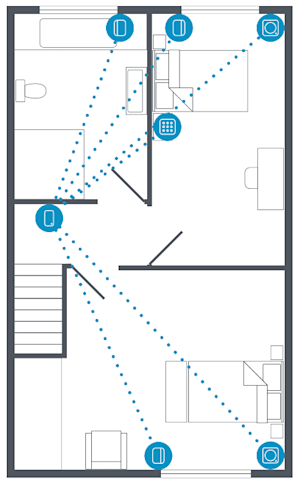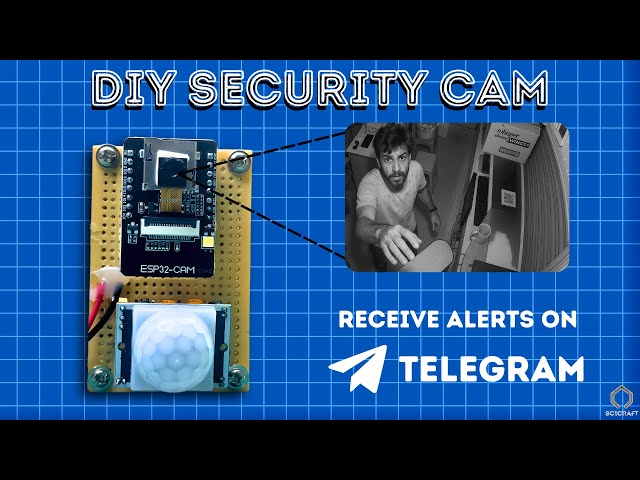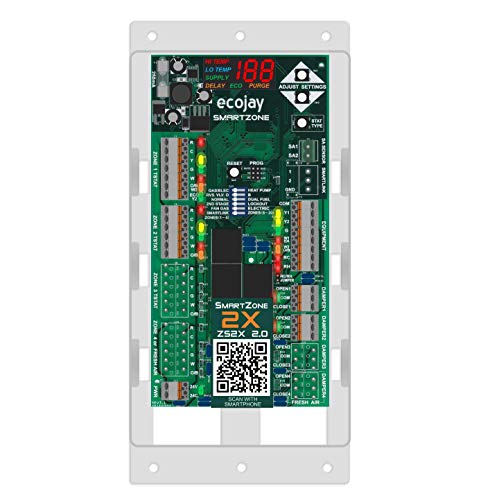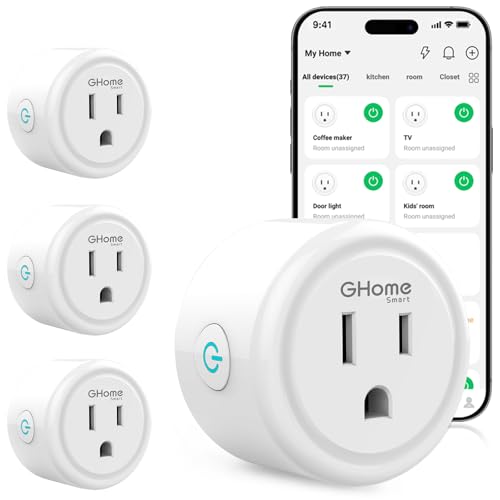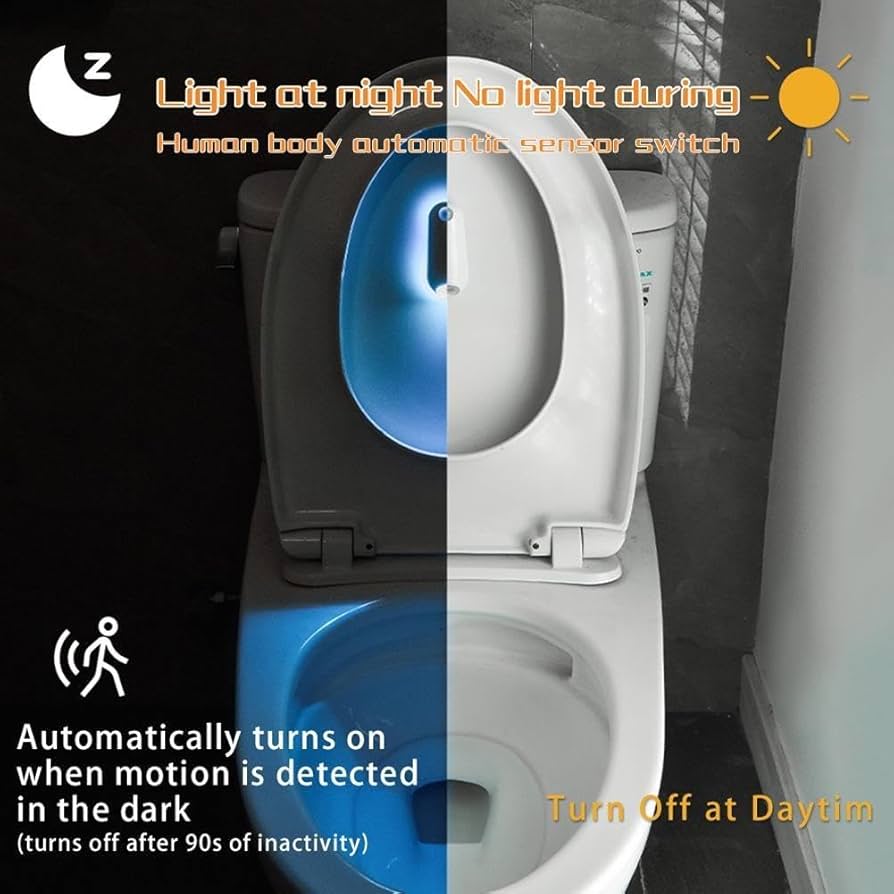Are you sure your alarm sensors are in the right spots to keep your home or business safe? Where you place these sensors can make all the difference between a false alarm and catching a real threat early.
You’ll discover simple but powerful tips to position your alarm sensors perfectly. By the end, you’ll know exactly how to protect what matters most to you with smart sensor placement. Keep reading—you won’t want to miss these easy steps that could save you time, money, and peace of mind.
Choosing Sensor Types
Choosing the right alarm sensors is important for your security system. Different sensors detect different types of threats.
Select sensors based on the area you want to protect and the type of danger you expect.
Motion Detectors
Motion detectors sense movement in a space. They work well in rooms and hallways.
These sensors use infrared or microwave signals to spot motion. They alert you if someone moves where they shouldn’t.
Door And Window Sensors
Door and window sensors detect when these entry points open or close. They help stop unwanted entry.
They usually have two parts: one on the door or window and one on the frame. When separated, they trigger the alarm.
Glass Break Sensors
Glass break sensors listen for the sound of breaking glass. They are useful near windows and glass doors.
These sensors react quickly to glass breaking noises. They can help detect forced entry through windows.
Environmental Sensors
Environmental sensors detect hazards like smoke, fire, or water leaks. They protect your home from damage.
These sensors can warn you early about dangerous conditions. They add safety beyond just intruder alarms.

Credit: manuals.plus
Ideal Locations For Motion Sensors
Motion sensors help protect your home by detecting movement. Placing them in the right spots makes your alarm system work well.
Choosing the best places for these sensors keeps your home safe and lowers false alarms. This guide shows where to put them.
Main Entry Points
Place motion sensors near doors and windows. These are common ways for intruders to enter your home.
Cover all main entrances to catch any movement early. This gives you more time to react.
- Front and back doors
- Ground floor windows
- Garage entrances
Hallways And Staircases
Hallways and stairs connect rooms and floors. Motion sensors here can detect movement inside your home.
These spots help monitor people moving between rooms or floors. They add extra security inside.
- Near the bottom or top of stairs
- At hallway entrances
- Between main rooms
Large Open Areas
Big rooms like living rooms or basements need wide coverage. Motion sensors in these areas watch large spaces.
Place sensors where they can see most of the room without obstructions. This reduces blind spots.
- Mount sensors in corners
- Avoid placing behind furniture
- Cover main walking paths
Avoiding False Alarms
False alarms happen when sensors detect pets or moving curtains. Proper placement helps prevent this.
Keep sensors away from heat sources and moving objects that are not threats. Adjust sensor settings if needed.
- Do not aim sensors at windows with sunlight
- Place sensors above pet height
- Avoid near air vents or fans
Best Spots For Door And Window Sensors
Placing alarm sensors in the right spots helps keep your home safe. Sensors on doors and windows alert you to any unwanted entry.
Choosing the best locations for these sensors makes your security system work better. This guide covers key spots for door and window sensors.
Primary Doors
Primary doors are the main entrances to your home. These doors are often the first target for intruders.
Place sensors on the door frame and the door itself. The sensor should trigger when the door opens.
- Front door
- Back door
- Side entrance doors
Accessible Windows
Windows that are easy to reach are high-risk points. These include windows on the ground floor or near balconies.
Install sensors on the window frame and the window sash. This will detect if the window is opened or broken.
- Ground floor windows
- Windows near fire escapes
- Windows facing alleys or streets
Sliding Doors
Sliding doors are common but can be weak points. They often have gaps that intruders can exploit.
Place sensors on the sliding track and the frame. This ensures the sensor alerts if the door moves or opens.
- Patio sliding doors
- Balcony sliding doors
- Glass sliding doors to decks
Garage And Basement Access
Garages and basements often have doors or windows that connect to the home. These spots need extra attention.
Install sensors on any door or window leading into the garage or basement. This helps catch unauthorized entry early.
- Garage entry doors
- Basement windows
- Side doors to basement or garage
Credit: www.kidde.com
Placement Tips For Glass Break Sensors
Glass break sensors detect the sound of breaking glass. Proper placement helps them work well. Bad placement may cause false alarms or missed detections.
Knowing where to place these sensors can keep your home or office safer. Focus on areas where glass is most at risk.
Near Vulnerable Windows
Place sensors close to windows that are easy to break. These include ground-level and large windows. Avoid placing them too far from the glass.
Windows that face alleys or streets need extra attention. Sensors near these windows catch break-ins faster.
- Focus on windows on the first floor
- Check large glass doors and patio windows
- Cover windows near entry points
Coverage Radius
Each sensor has a limited range to detect glass breaking. Check the sensor’s coverage radius before installation. Place sensors so their ranges overlap slightly.
Coverage radius depends on the sensor model. Most cover about 20 to 30 feet. Avoid gaps between sensors to ensure full protection.
- Check the sensor’s manual for range details
- Place sensors within the recommended distance from windows
- Use multiple sensors for large areas
Avoiding Interference
Keep sensors away from loud noises and electronic devices. Interference can cause false alarms or block signals. Avoid placing sensors near air conditioners or fans.
Walls and large objects can block sound waves. Install sensors where sound travels freely from the glass to the sensor.
- Do not place sensors near speakers or televisions
- Avoid metal objects that block sound
- Test the sensor after installation to check interference
Environmental Sensor Placement
Proper placement of environmental sensors helps keep your home safe. Sensors detect danger early and alert you quickly.
Each sensor type has ideal spots to work best. Correct placement improves their accuracy and response time.
Smoke Detectors
Smoke detectors sense smoke from fires and warn you fast. Place them on ceilings or high on walls.
Avoid kitchens or bathrooms because steam can cause false alarms. Put detectors near bedrooms for quick alerts.
- Mount on ceiling at least 4 inches from walls
- If on wall, place 4 to 12 inches below ceiling
- Keep away from vents and windows
- Install in every sleeping area and hallway
Carbon Monoxide Sensors
Carbon monoxide sensors detect deadly gas that has no smell or color. Place them near sleeping areas.
Install sensors at knee or waist height, as CO mixes with air evenly. Keep away from cooking appliances.
- Mount on wall about 5 feet from floor
- Do not place near windows or vents
- Avoid bathrooms or humid areas
- Install outside each sleeping area
Water Leak Sensors
Water leak sensors spot leaks early to prevent damage. Place them near pipes, water heaters, and appliances.
Put sensors on the floor where leaks are likely. Check sensors regularly to ensure they work well.
- Place near washing machines and dishwashers
- Set under sinks and around water heaters
- Keep away from direct water flow
- Test sensors often for battery and function
Height And Angle Considerations
Proper placement of alarm sensors is key for reliable detection. Height and angle affect sensor performance.
Understanding where and how to place sensors helps avoid false alarms and missed detections.
Optimal Sensor Height
Place sensors at the right height for best coverage. Too high or too low can reduce effectiveness.
Most sensors work well between 6 and 8 feet above the floor.
- 6-8 feet covers most human movement
- Too low triggers pets or small objects
- Too high misses low or crawling intruders
Adjusting Sensor Angles
Angle sensors to cover the main area without blind spots. Straight angles often work best.
Tilting sensors can help cover corners or stairways effectively.
- Face sensors toward common entry points
- Avoid pointing sensors at windows or heat sources
- Adjust angle to reduce false alarms from pets
Avoiding Obstructions
Keep sensors clear of objects that block their view. Obstructions reduce detection ability.
Furniture, plants, or decorations can hide movement from sensors.
- Place sensors away from large furniture
- Do not install behind curtains or doors
- Check for new obstructions after room changes
Integrating Sensors With Smart Systems
Alarm sensors protect your home by detecting unusual activity. Smart systems let you control sensors with apps.
Connecting sensors to smart systems improves safety and convenience. You can get alerts and manage devices remotely.
Wireless Vs Wired Sensors
Wireless sensors use radio signals to send alerts. They are easy to install and move if needed.
Wired sensors connect with cables. They need more setup but offer steady power and connection.
- Wireless sensors are flexible and quick to install
- Wired sensors need professional installation
- Wireless sensors depend on batteries
- Wired sensors get constant power
- Wired sensors have less signal interference
Connecting To Home Automation
Smart home hubs link sensors with other devices like lights and alarms. This creates a connected system.
When a sensor detects a problem, it can trigger actions automatically. For example, turning on lights or sending alerts.
- Use compatible hubs for easy integration
- Set rules for sensor responses
- Control sensors from one app
- Combine sensors with cameras and locks
Remote Monitoring
Remote monitoring lets you check your sensors from anywhere. Use your phone or computer to view alerts and status.
Many systems send real-time notifications for quick action. You can also review sensor history and adjust settings remotely.
- Get instant alerts on your device
- View sensor activity logs
- Control sensor settings remotely
- Share access with family members
Testing And Maintenance
Alarm sensors help protect your home or business. Keeping them working well is very important.
Testing and maintenance make sure sensors respond quickly in emergencies. Regular care can stop false alarms.
Regular Sensor Testing
Test your alarm sensors at least once a month. This checks if they detect motion or smoke properly.
Use the test feature on your alarm system or follow the manufacturer’s guide to test each sensor.
- Walk near motion sensors to trigger them
- Press the test button on smoke or heat sensors
- Check if the alarm sounds during the test
- Fix or replace sensors that do not respond
Battery Replacement
Alarm sensors often run on batteries. Replace batteries regularly to avoid failure.
Change batteries at least once a year or when the system warns about low power.
- Use the battery type recommended by the manufacturer
- Turn off sensors before replacing batteries
- Dispose of old batteries safely
- Test sensors after installing new batteries
Cleaning And Calibration
Dust and dirt can block sensors or cause false alarms. Clean sensors carefully every few months.
Calibration keeps sensors accurate. Some sensors need professional calibration for best results.
- Use a soft cloth to wipe sensor surfaces
- Do not use water or cleaning sprays directly
- Follow instructions for sensor calibration
- Call a technician if sensors seem off after cleaning

Credit: www.freepik.com
Frequently Asked Questions
Where Should I Place An Alarm Sensor?
Place alarm sensors near entry points such as doors and windows. Position them high for optimal coverage. Avoid installing them near heat sources or air vents, as this can cause false alarms. Ensure they are in a location with a clear line of sight to detect intruders effectively.
How High Should Alarm Sensors Be Installed?
Install alarm sensors at a height of 6 to 8 feet. This height ensures optimal detection of motion in a room. It also minimizes the risk of tampering by intruders. Ensure that the sensor has a clear view of the area it monitors.
Can Alarm Sensors Detect Through Walls?
Alarm sensors generally cannot detect through walls. Most sensors require a direct line of sight to detect motion or changes. Walls and large furniture can obstruct their view, reducing effectiveness. For optimal performance, position sensors in open spaces without obstructions.
Do Pets Trigger Alarm Sensors?
Yes, pets can trigger alarm sensors if not properly configured. Many modern sensors have pet-friendly settings to avoid false alarms. Adjust the sensitivity or choose sensors designed to ignore pets under a certain weight. Always test the system to ensure it works correctly with pets in the home.
Conclusion
Proper alarm sensor placement keeps your home safe and secure. Place sensors near doors, windows, and entry points. Avoid placing sensors where pets can trigger them. Test your sensors regularly to ensure they work well. Good placement helps catch intruders quickly.
It also reduces false alarms and keeps your family calm. Remember, each home is different; adjust sensor spots as needed. A well-planned alarm system gives peace of mind every day. Safety starts with smart sensor placement and regular checks.
21 min read

